It’s not a season many people automatically think of when it comes to gardening, but did you know that autumn is really a great time to plant? It’s true—and for a variety of reasons, it may well be the best time of year for you to get out in your yard. So how can you make the most of what the season has to offer and enjoy gardening success?
For starters, autumn in the Northwest gives us one great advantage when it comes to planting: free water! If you’ve lived here very long, you know that sunny September days all too quickly fade into October rain. As a gardener, use it to your advantage! Plant now and you’ve only got a month of watering before you can let the rain take over. Add to that cooler, shorter days and even during dry weather your watering will be minimal.
With autumn approaching, transplanting shrubs and trees into your yard is also easier in terms of transplant stress. With our mild weather, we can plant just about year-round but the times when plants will experience the least potential stress in transplant are in early spring and again in fall. Most plants will soon start to shut down (go dormant) for the season, so as they go to sleep, get them in the ground!
To reduce the chance of transplant stress—and more importantly, to encourage plants to root out before winter—we highly recommend treating new plantings with a starter like Bonide Root & Grow or Espoma Bio-Tone. Root & Grow is a liquid–dilute in water and water your new plantings with the solution after planting, repeating again in a week to 10 days after planting. Bio-Tone is a granular starter–simply mix some in the soil at the bottom of the hole prior to planting and you’re set! Both products work well to encourage rapid root development and reduce transplant stress.
Since autumn doesn’t officially start for another couple of weeks, it will be some time before we can really begin fall yard clean-up. In the interim—and while you’re outside doing some planting anyway—take stock of what needs your yard and garden may have. Have you battled bugs in some of your shrubs or perennials? Don’t think that just because the season is almost over that your worries are behind you. Spray your plants or treat with a systemic insecticide now to prevent insects from overwintering.
Likewise, now is the time to treat your plants once more for any diseases they may have battled this year. As the berry growers around here can attest to, it was a rough summer battling many types of fungus. A cool, wet June and humid July made mold, mildew and other fungi grow prolifically. As with bugs, fungi can overwinter, so take care of your plants now to avoid headaches next season.
Finally, make some time to assess your lawn. It’s far too early to apply a “winterizing” fertilizer—put that on your calendar for November—but if your lawn could use a feeding, don’t hesitate to do so, using an all-purpose fertilizer like Scotts Turf Builder. Fertilizing will not only green up your turf but also help alleviate fungus problems you may have noticed.
September is a great month to get back out in the yard. The new season is great for planting, so enjoy what the month has to offer!

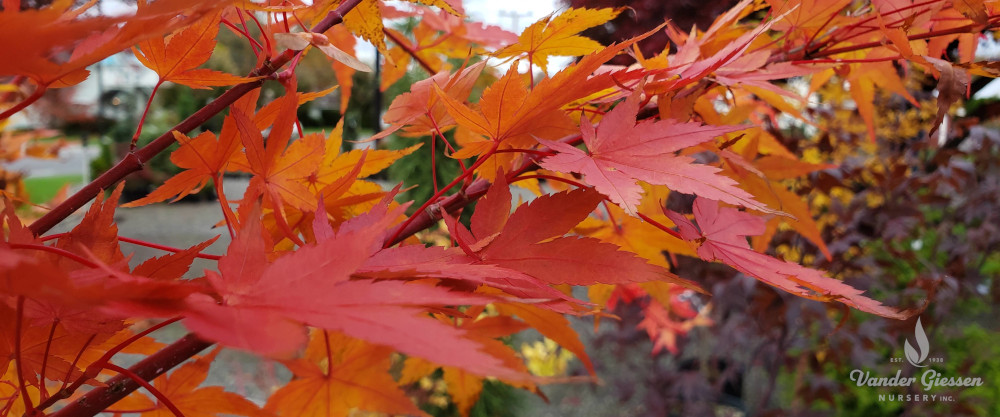
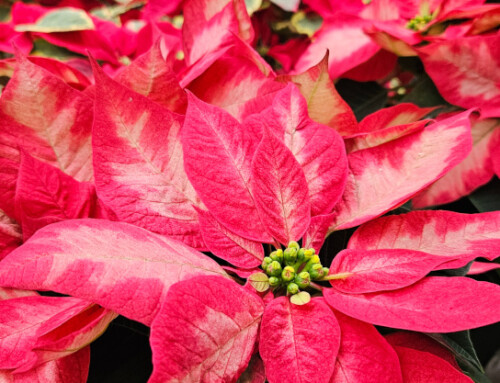
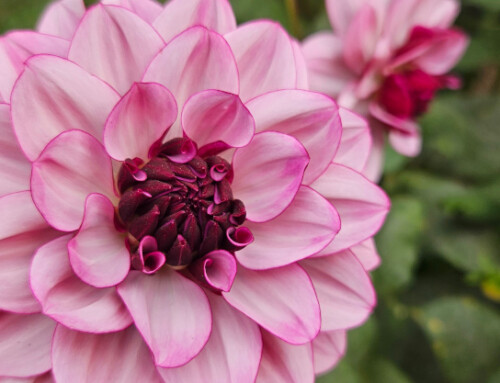
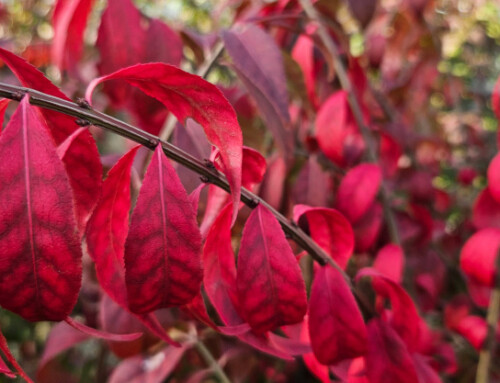
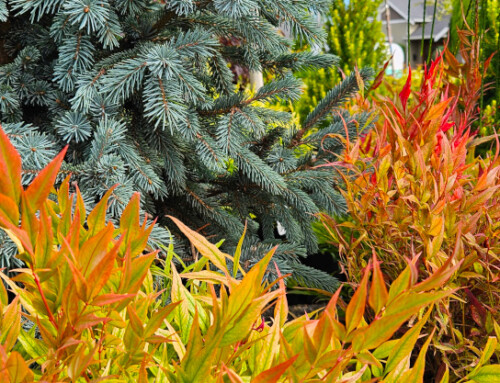
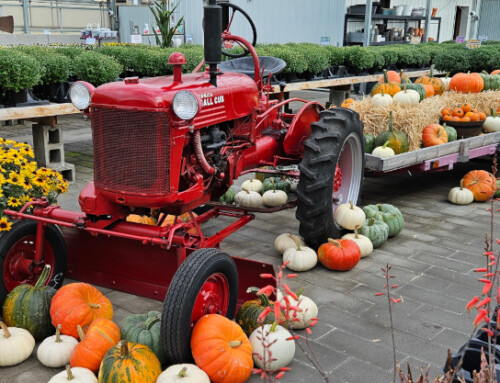
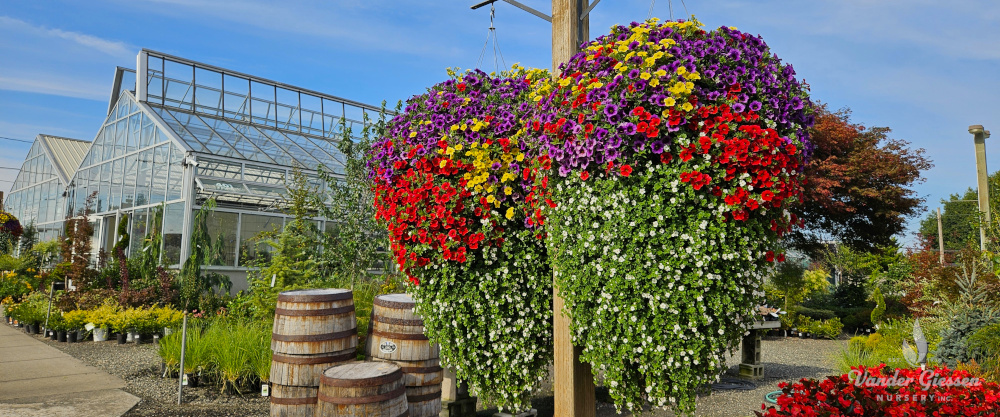
Leave A Comment